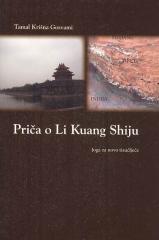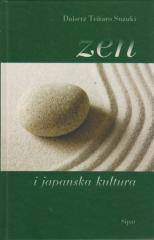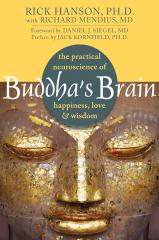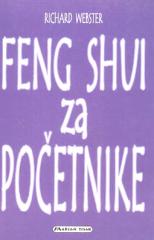
Tibetanska knjiga mrtvih
The Tibetan Book of the Dead is a unique work of the sacred segment of world literature. It was originally called Bardo Thodol (Liberation by Listening on the Afterlife). With an afterword by C. G. Jung.
The book was translated into English at the beginning of the century (first edition in 1927) by the joint work of the Tibetan lama Kazi Dawa Samdup and the publisher Dr. Evans-Wentz. It is a translation of the Tibetan original, which belongs to the tradition of Mahayana Buddhism, and Tibetans have always used it as a ritual posthumous text. Lama Kazi Dawa Samdup and Evans-Wentz supplemented the text from other original records of the Bardo Thodol, and added a number of interpretations that are necessary for a better understanding. Despite the fact that one of the functions of the text is to be read at the time of someone's death, better experts in the teachings of Tibetan Buddhism, called Lamaism, warn that the message of the Bardo Thodol is actually addressed to the living, to whom it conveys not only the philosophy of Buddhism, but also moral and esoteric teachings about the hidden side of human nature. Only in this light can Bardo Thodol be interesting to the reader from the Western world.
No copies available
The last copy was sold recently.





